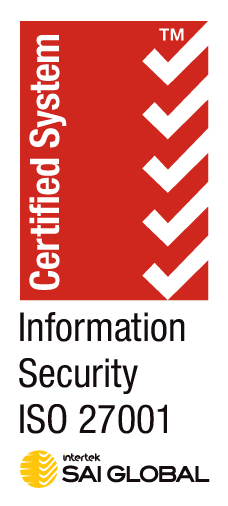Microservices and How they Affect your Product
Understanding Microservices Architecture in 2024
As of 2024, while there still isn’t a universally agreed-upon formal definition of microservices architecture, it is widely accepted as a method of developing software applications that breaks down complex systems into independently deployable, modular services. Each service is designed to serve a specific business function and runs its own process. Microservices differ from other approaches in that they create a suite of small, single-purpose services, each communicating with lightweight protocols, often through APIs.
Commonly referred to as microservices, this development style has gained substantial traction in recent years due to its flexibility and scalability. Many companies, including Codebots, have embraced this architecture to improve software delivery. Codebots, founded by Dr. Eban Escott from WorkingMouse, leverages code-writing bots to plan, design, and deploy software to the cloud efficiently. These bots automate a significant portion of the development process, enabling teams to focus on higher-level design and strategic development efforts.
One of the major benefits of microservices is scalability, making it ideal for projects that need to support a broad range of platforms and devices. When designed with concurrency and partitioning in mind, applications can scale specific functions without the overhead of scaling the entire system. This is especially beneficial in environments where the final target device may be unknown or subject to change.
Monolithic applications, which are built as a single, self-contained unit, often suffer from tightly coupled components. As a result, changes to one part of the system can necessitate a full rebuild and deployment, increasing both the risk and effort involved in making modifications. In contrast, microservices enable developers to modify and deploy individual services independently, reducing downtime and risk.
Microservices also excel in allowing teams to scale specific functionalities of an application rather than the entire system. This modularity helps address challenges that monolithic architectures struggle with, especially in large-scale and dynamic environments. For more insight into Codebots’ use of microservices and automation, you can explore their resources on the Codebots website.




